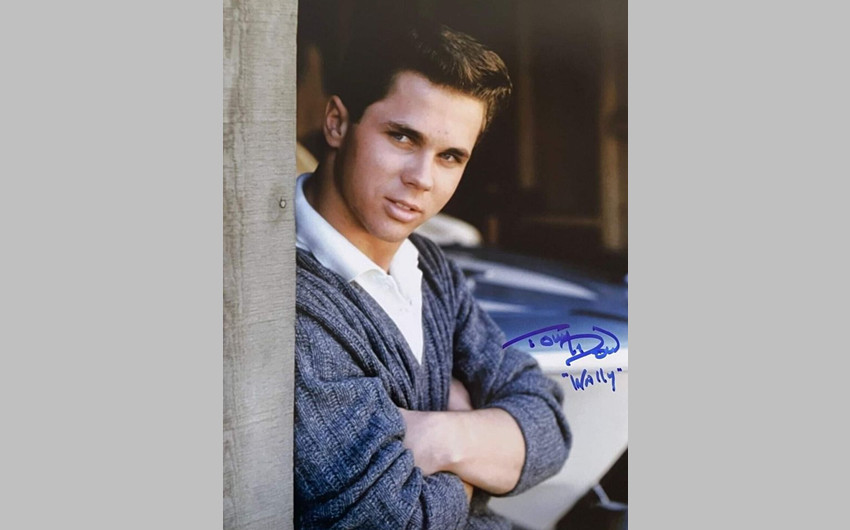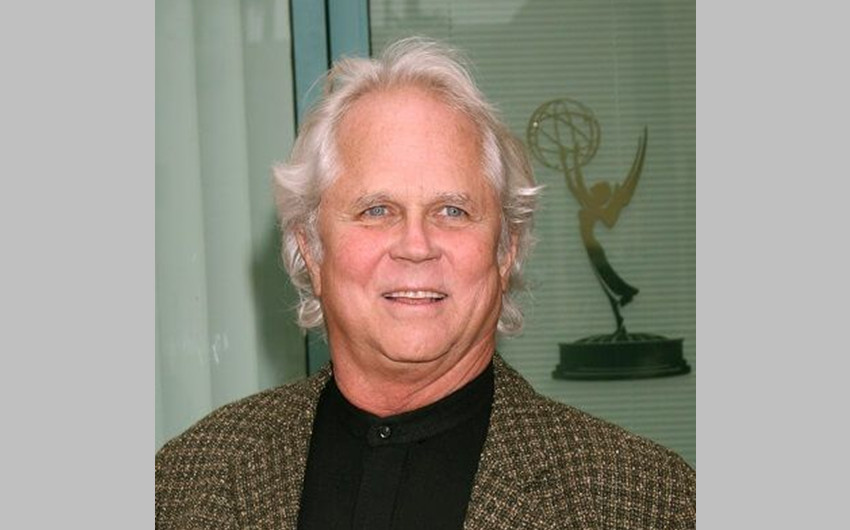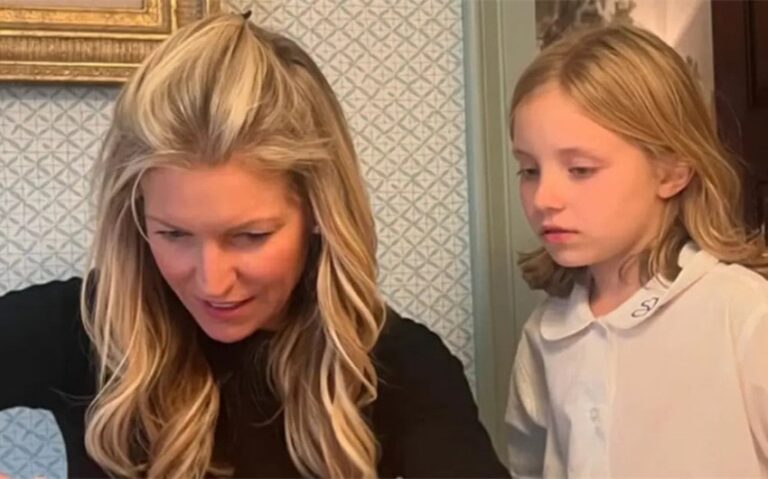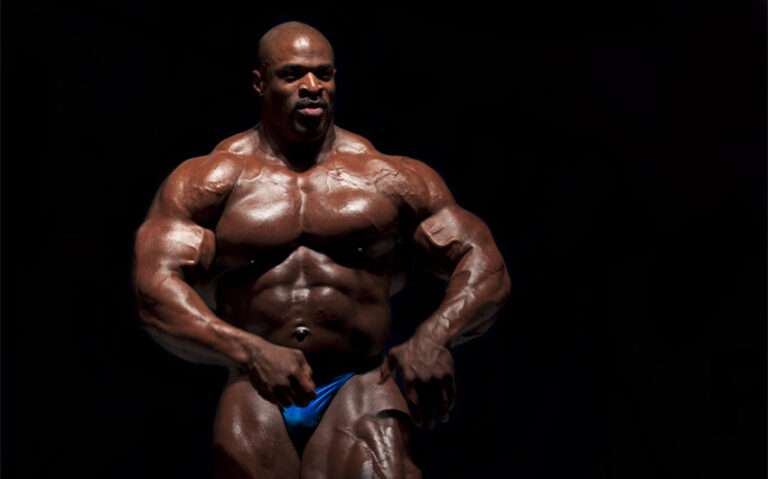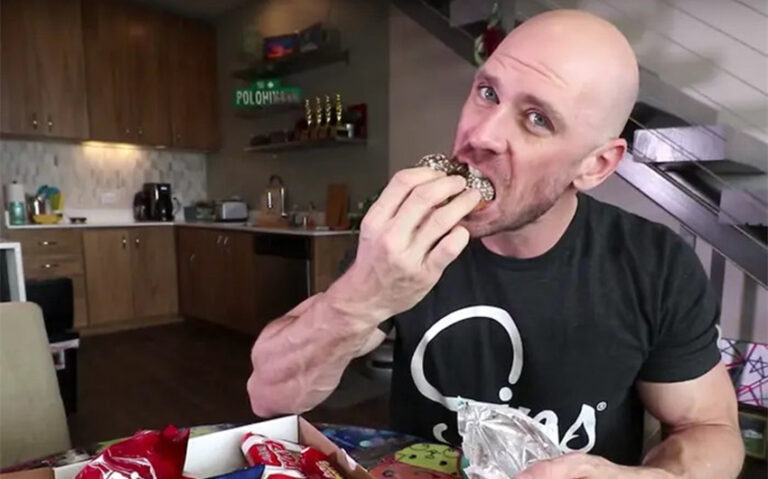Tony Dow Net Worth and His Journey From TV to Sculpture
For many people, Tony Dow will always be remembered as Wally Cleaver, the kind and dependable big brother from Leave It to Beaver. His role on the beloved 1950s sitcom left a lasting mark on American television, but his life went far beyond that single show.
Over the years, Dow worked as an actor, director, and even a sculptor. Naturally, fans have wondered about Tony Dow’s net worth and how his decades in entertainment and art translated into financial success. If you’re curious about his journey, here’s what you need to know.
Who Is Tony Dow?
Image source: Pinterest
Tony Dow was an American actor, director, and artist best known for playing Wally Cleaver on the iconic television series Leave It to Beaver. Born in 1945 in Hollywood, California, Dow didn’t set out to become an actor. In fact, he was a competitive swimmer and diver before being cast in Leave It to Beaver at the age of 12 — a role that would define his career.
The show, which aired from 1957 to 1963, became a staple of American pop culture, and Dow’s portrayal of the polite, responsible older brother earned him national recognition. As Wally, he became a symbol of the ideal American teenager during a formative time in TV history.
After the original series ended, Dow continued acting, appearing in shows like The Love Boat, Knight Rider, and Murder, She Wrote. He also reprised his Wally role in the 1980s sequel series The New Leave It to Beaver, which ran for several seasons.
In addition to acting, Dow pursued a successful career as a television director, working on episodes of Babylon 5, Coach, and Star Trek: Deep Space Nine. His talents extended beyond the screen as well — he was a sculptor whose work was exhibited internationally, including at the Louvre in Paris.
Throughout his life, Tony Dow was respected not only for his TV legacy but also for his commitment to creative expression and personal growth well beyond the spotlight.
Estimated Net Worth
Image source: Pinterest
At the time of his passing in 2022, Tony Dow’s net worth was estimated to be around $1 million to $2 million. While that number may seem modest compared to some modern television stars, it reflects a career that spanned multiple industries — from acting and directing to fine art — during an era when celebrity paychecks were far smaller than they are today.
1. Acting Career and Television Roles
Dow’s first and most recognizable source of income came from his role as Wally Cleaver on Leave It to Beaver. Running from 1957 to 1963, the show made him a household name. While TV salaries during that time were modest compared to today’s standards, child actors on successful network shows were still paid regularly, and he appeared in nearly every episode across six seasons.
Although early television didn’t offer residuals for reruns under initial contracts, Dow’s continued popularity ensured he remained in demand. After Leave It to Beaver, he appeared on numerous popular series such as My Three Sons, Adam-12, Emergency!, and The Love Boat. These recurring guest roles kept him working through the 1970s and 80s.
In the 1980s, Dow returned to acting in The New Leave It to Beaver, which aired for several seasons across both cable and syndication. While the sequel series didn’t have the same cultural impact, it generated renewed visibility and an additional stream of income through acting and residuals under newer industry standards.
2. Directing Television Shows
Dow’s career took a behind-the-scenes turn in the 1990s when he transitioned into television directing. He directed episodes of well-known shows like Coach, Harry and the Hendersons, Babylon 5, and Star Trek: Deep Space Nine.
Television directors on established shows can earn between $25,000 and $40,000 per episode, depending on the production’s budget and their experience level. For a multi-episode run or steady seasonal work, that translates into a meaningful income — especially for someone who also held acting and producing experience. Directing provided Dow with creative control, technical expertise, and financial stability during a time when many of his peers faded from public view.
3. Sculpture and Fine Art Sales
In the later years of his life, Tony Dow became a respected sculptor, working primarily in bronze and producing abstract, modernist forms. Far from a celebrity side project, Dow approached sculpture as a serious artistic discipline and earned praise from professional art communities.
His sculptures were displayed in galleries across the United States and internationally — most notably at the Louvre in Paris as part of a special art showcase. While not mass-market commercial art, bronze sculpture can be highly valuable. Individual pieces by artists with name recognition can sell for thousands or even tens of thousands of dollars, depending on the size and uniqueness.
This phase of Dow’s life provided not only creative fulfillment but also an additional income stream through gallery commissions, private sales, and art exhibitions.
4. Royalties and Residuals
Unlike his early acting days, Dow likely received residual income from newer work — particularly The New Leave It to Beaver and his directing projects. Additionally, over time, union protections for actors improved, and it’s possible he negotiated royalty payments for rebroadcasts or digital distribution of his classic material.
Leave It to Beaver has remained in circulation for decades through syndicated TV, DVDs, and streaming platforms like MeTV, Tubi, and Amazon. While original cast contracts did not include streaming residuals, Dow may have received modest, recurring compensation from updated agreements or through Screen Actors Guild provisions for legacy work.
5. Public Appearances and Nostalgia Conventions
In his later years, Dow was a regular guest at nostalgia conventions, fan expos, and TV reunions. These events often pay appearance fees — sometimes between $5,000 and $15,000 — depending on the celebrity’s profile and the size of the event.
Dow also participated in autograph sessions, panel discussions, and media interviews, particularly around anniversaries of Leave It to Beaver or retrospectives on 1950s–60s TV culture. While not a primary income stream, these events helped him maintain financial activity and public presence well into his senior years.

